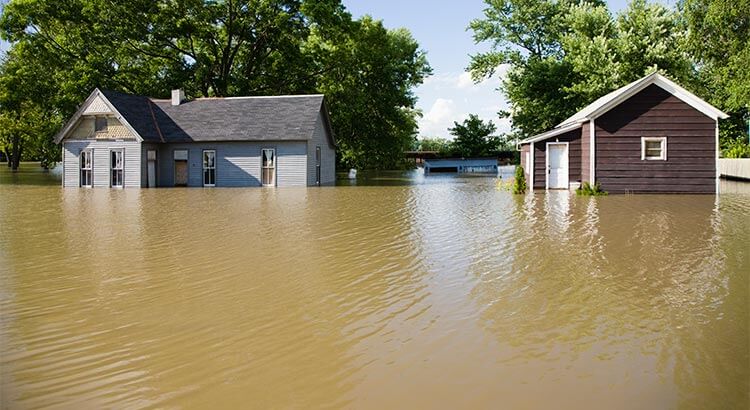Hurricanes Harvey and Irma have brought both windstorm and flood damage to hundreds of thousands of residents. For those who do not have federal flood insurance, their homeowner’s insurance most likely will not cover flood losses to their primary residence. But residents should know there may be another option for assistance: a hardship distribution or loan.
Hurricane damage could easily exceed a person’s savings and they might not be able to make repairs to their homes. However, if they had been saving in a 401(k) or 403(b) plan they could exercise policy loans or Hardship Distributions to help them repair their primary residence.
What is a Hardship Distribution?
When allowed by the plan, qualifying needs for a Hardship distribution are the following in a 401(k) or 403(b) plan:
- Medical Expenses of the participant, participant’s spouse or dependent.
- Purchase of the participant’s principal residence.
- Tuition and related expenses for the next 12 months at a post-secondary institution for the participant, participant’s spouse, or dependent.
- Funeral expenses
- Prevention of eviction from the participant’s principal residence or foreclosure on the mortgage of the participant’s principal residence.
- Casualty loss to the primary residence not covered by insurance.
457(b) plans allow distributions for unforeseen emergencies instead of “hardships” as defined above.
What are the requirements for a hardship distribution?
Hardship distributions should be used as a last resort and a loan should be considered first unless the loan would exacerbate the situation. However, if loans are not an option due to an existing outstanding loan, a hardship distribution may still be possible. The participant can only withdraw their contributions and only the amount necessary to cover the hardship loss. Typically, the participant must also stop contributions to the plan for 6 months following the withdrawal but the IRS has loosened this rule and others to give Hurricane Harvey victims some relief.
Unforeseen emergency distributions from 457(b) plans do not require ceasing contributions to the plan for six months.
How is the hardship distribution taxed?
The distribution is taxed as ordinary income. This taxation is another reason why loans should be considered before the hardship distribution. If the participant is saving in an annuity product they would also be subject to the surrender charge on any withdrawal above the 10% free out.
How does a participant take a hardship distribution?
The first step is to contact the Third Party Administrator (TPA) that governs their 401(k), 403(b) or 457(b) plan to fill out their Hardship Distribution request form, or Unforeseen Emergency Distribution request form for 457(b) plans. The new IRS ruling allows retirement plan sponsors and TPAs to make an exception to the standard hardship requirements. According to the IRS news release IR-2017-138 (8/30/17):
“The IRS is also relaxing procedural and administrative rules that normally apply to retirement plan loans and hardship distributions. As a result, eligible retirement plan participants will be able to access their money more quickly with a minimum of red tape. …This broad-based relief means that a retirement plan can allow a victim of Hurricane Harvey to take a hardship distribution or borrow up to the specified statutory limits from the victim’s retirement plan. It also means that a person who lives outside the disaster area can take out a retirement plan loan or hardship distribution and use it to assist a son, daughter, parent, grandparent or other dependent who lived or worked in the disaster area…In addition, the plan can ignore the reasons that normally apply to hardship distributions, thus allowing them, for example, to be used for food and shelter.”
After the TPA approves the distribution, it will be sent to the carrier to be processed.
The hardship provision should be the last resort for clients after exhausting all other resources including policy loans, but it might be the only way for a participant to get back on their feet, or help a family member impacted by the disaster.
For details on hardship distributions for Hurricane victims, read the IRS release here.
You can start your request for a Hardship Distribution by submitting this annuity withdrawal request.
What is a policy loan?
Loans are subject to plan approval. You are allowed to access a loan without a qualifying event. These are low cost with no credit approval required. The loan must be paid back in five years or less. The loan amount will be based on the cash surrender value of all monies in employer sponsored plans. A loan cannot exceed the lesser of a) $50,000 or b) 50% of the present value of the participant’s non-forfeitable benefit under the plan.
How does a participant take a loan?
If you would like to take a loan against your policy, you can start the request by submitting this loan agreement form.
The companies of National Life Group® and their representatives do not offer tax or legal advice. For advice concerning your own situation, please consult with your appropriate professional advisor.
This blog post was updated with new information on October 4, 2017.
TC97102(0817)1

